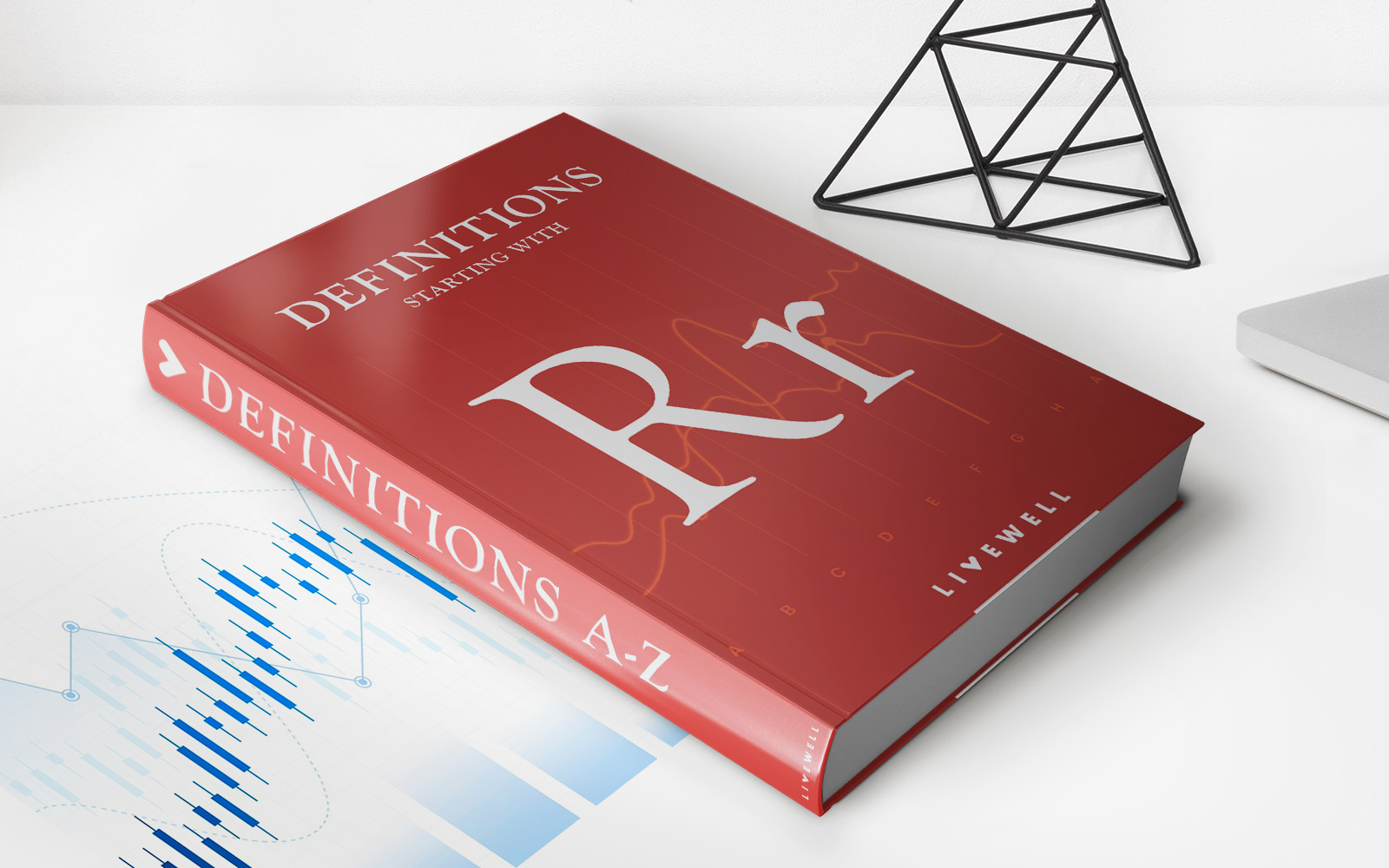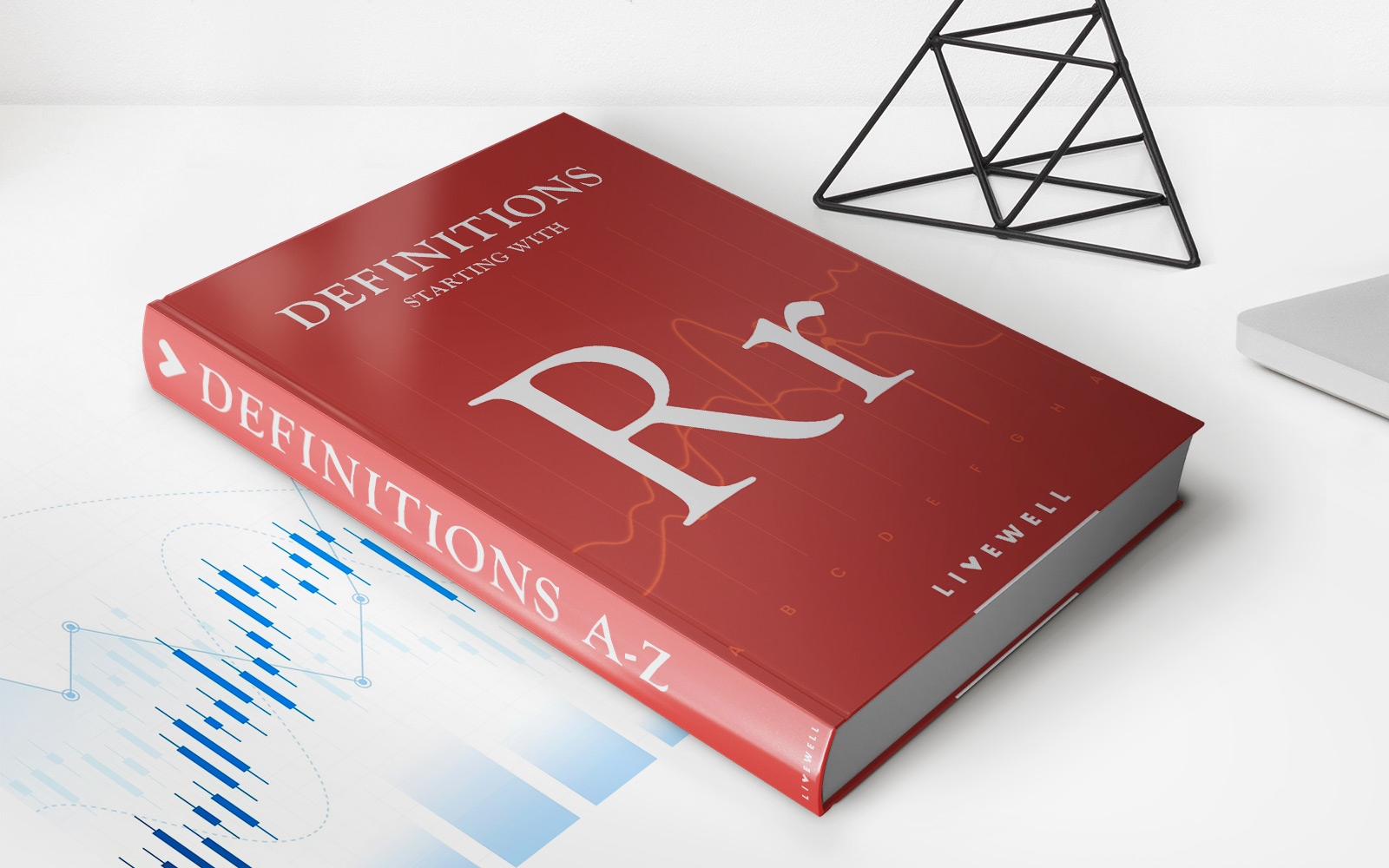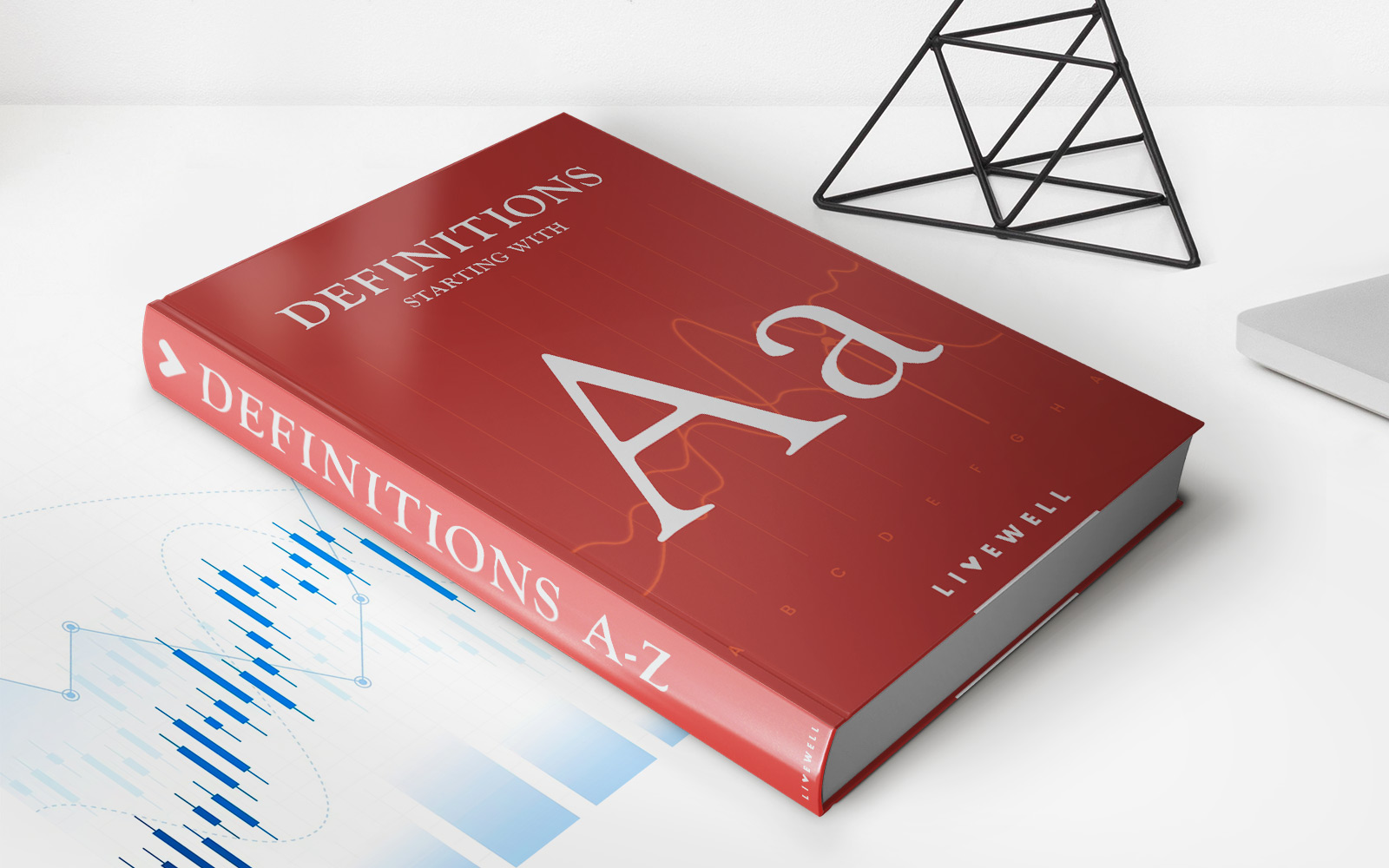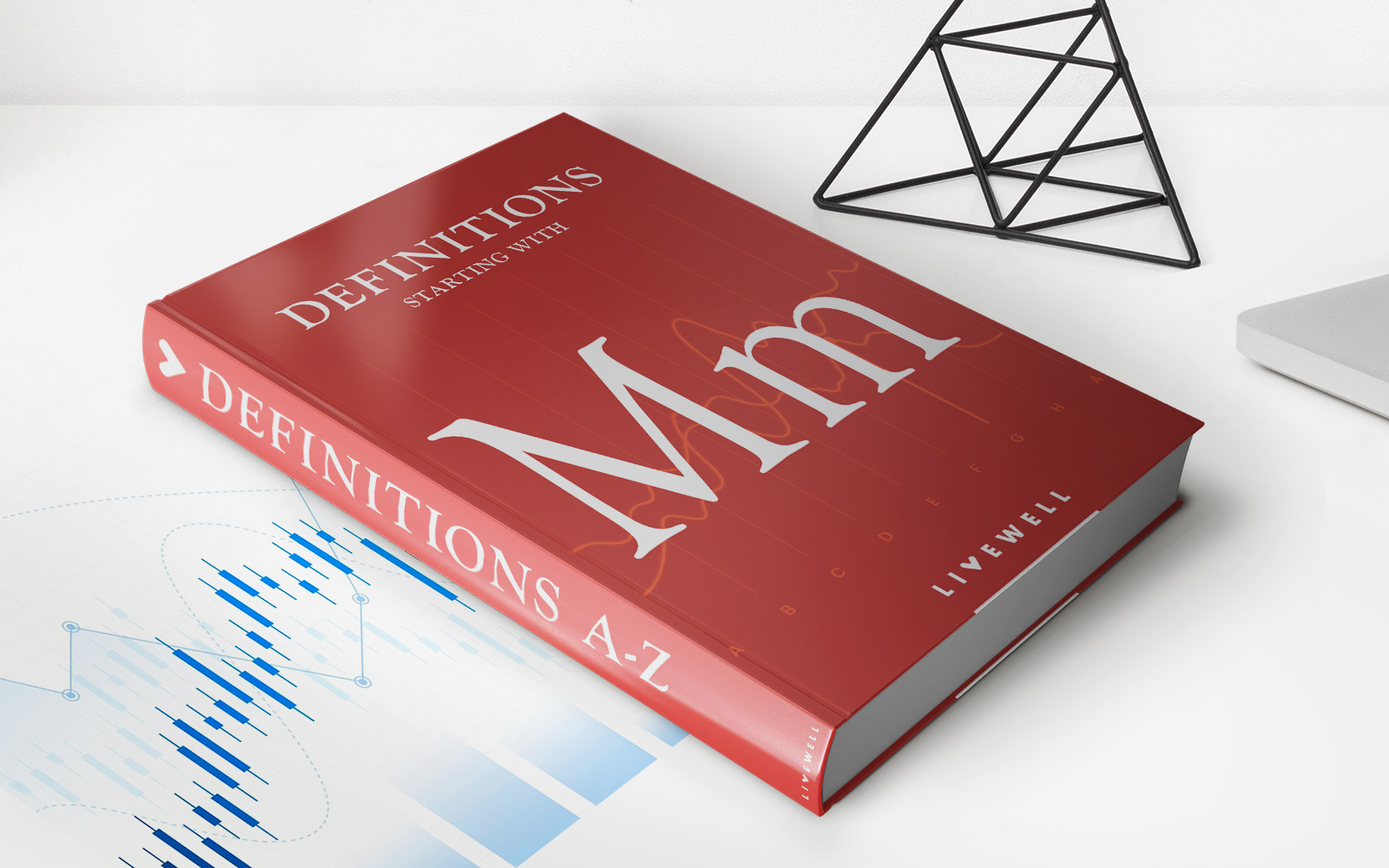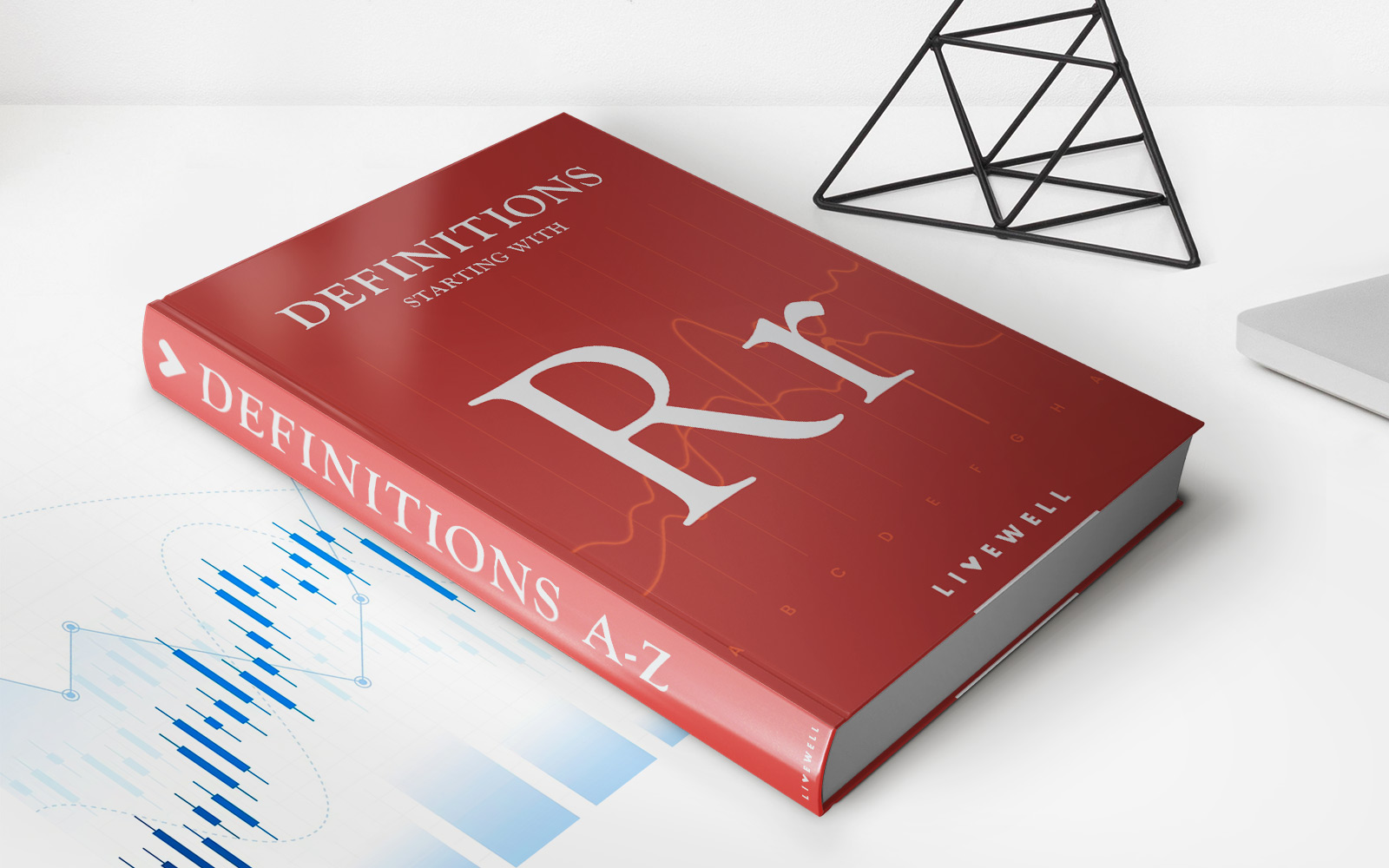Home>Finance>Asset Retirement Obligation: Definition And Examples
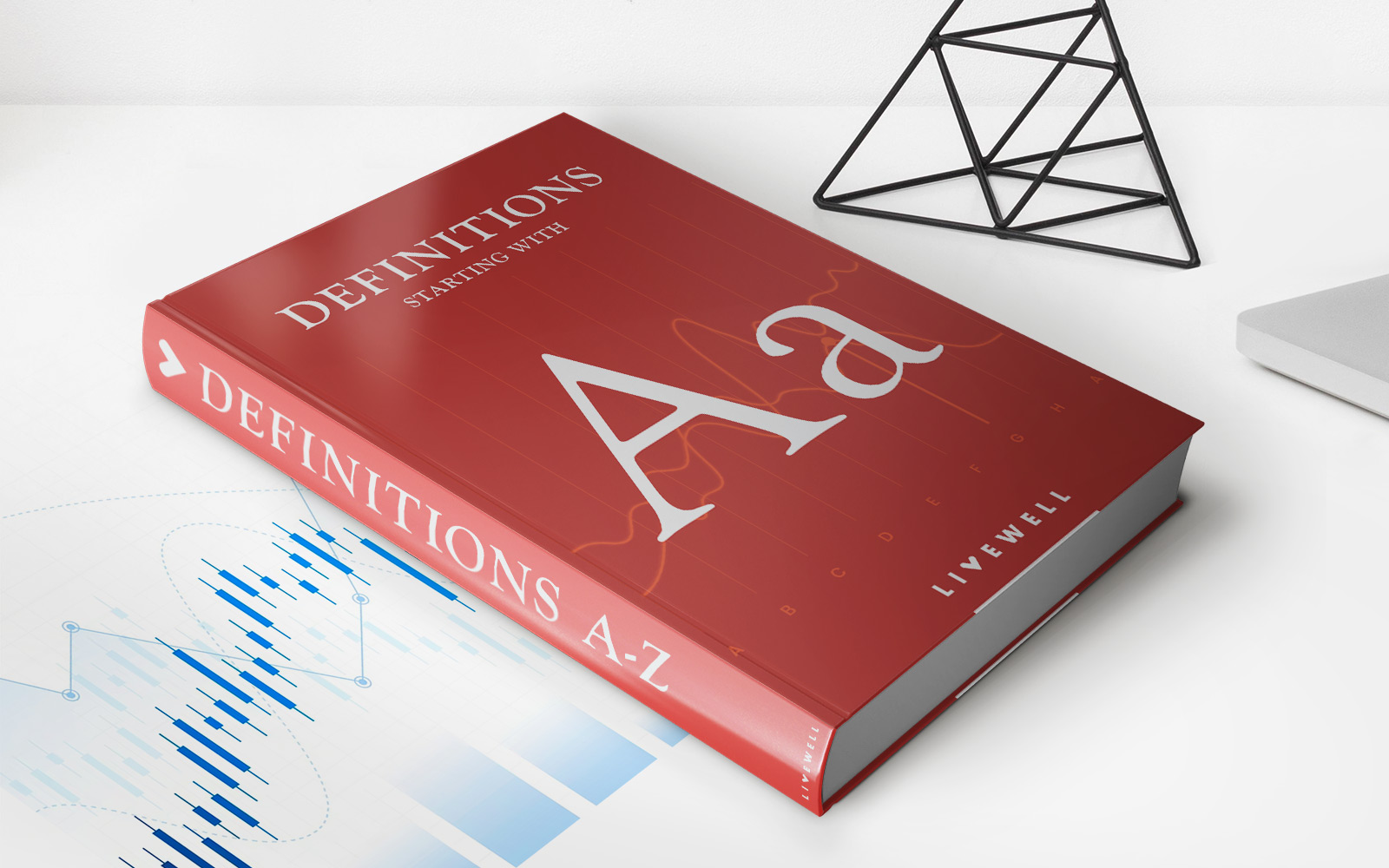

Finance
Asset Retirement Obligation: Definition And Examples
Modified: October 11, 2023
Learn what asset retirement obligation means in finance and explore real-life examples. Understand the financial implications of retiring assets and plan accordingly.
(Many of the links in this article redirect to a specific reviewed product. Your purchase of these products through affiliate links helps to generate commission for LiveWell, at no extra cost. Learn more)
Understanding Asset Retirement Obligation
When it comes to managing finances, there are numerous terms and concepts that can seem overwhelming. One such term is Asset Retirement Obligation (ARO). But fear not! In this article, we will delve into the world of ARO, demystify its definition, and provide you with real-life examples to help you grasp this concept with ease.
Key Takeaways
- Asset Retirement Obligation (ARO) refers to the legal or constructive obligation to retire an asset in the future.
- ARO is recorded as a liability on a company’s balance sheet and is usually associated with the dismantling or removal of an asset, such as a building or machinery.
What is Asset Retirement Obligation?
Asset Retirement Obligation, also known as ARO, is essentially the financial obligation a company has for the dismantling, retirement, or removal of an asset in the future. This obligation arises from legal requirements, contractual agreements, or even from implied responsibilities associated with the acquisition, construction, development, or use of an asset.
ARO is recorded as a liability on a company’s balance sheet and usually represents the estimated cost of retirement activities, such as the disposal of hazardous waste materials, demolition, site restoration, or other environmental remediation activities. It is important for businesses to accurately assess and account for their ARO to ensure financial transparency and comply with relevant regulations.
Examples of Asset Retirement Obligation
Let’s take a look at a couple of examples to help illustrate the concept of Asset Retirement Obligation:
- Oil and Gas Industry: In the oil and gas industry, Asset Retirement Obligation is a common concept. When companies set up oil rigs, they eventually reach the end of their productive life. At this point, the company is responsible for the costs associated with dismantling the rig, plugging the well, and restoring the site to its original condition. These future costs are considered the ARO for that particular asset.
- Real Estate Development: In the realm of real estate development, companies may be required to demolish existing structures as part of their development plans. This demolition cost would be categorized as Asset Retirement Obligation. For example, when a shopping mall is built, it may include provisions for the eventual removal of the building in the future, which is expected to incur costs. This estimated cost is recorded as an ARO on the company’s financial statements.
As you can see, Asset Retirement Obligation is a crucial financial consideration for businesses across various industries. Properly accounting for ARO helps companies develop accurate financial projections, ensure compliance, and maintain financial stability.
Conclusion
Asset Retirement Obligation (ARO) is an important concept for businesses to understand in order to accurately assess their financial obligations for the retirement or removal of assets in the future. By recording ARO as a liability on their balance sheets, companies can ensure financial transparency and compliance with regulations. Whether it’s dismantling oil rigs or demolishing buildings, ARO plays a significant role in various industries. Stay informed about your ARO to make sound financial decisions and plan for the future.
